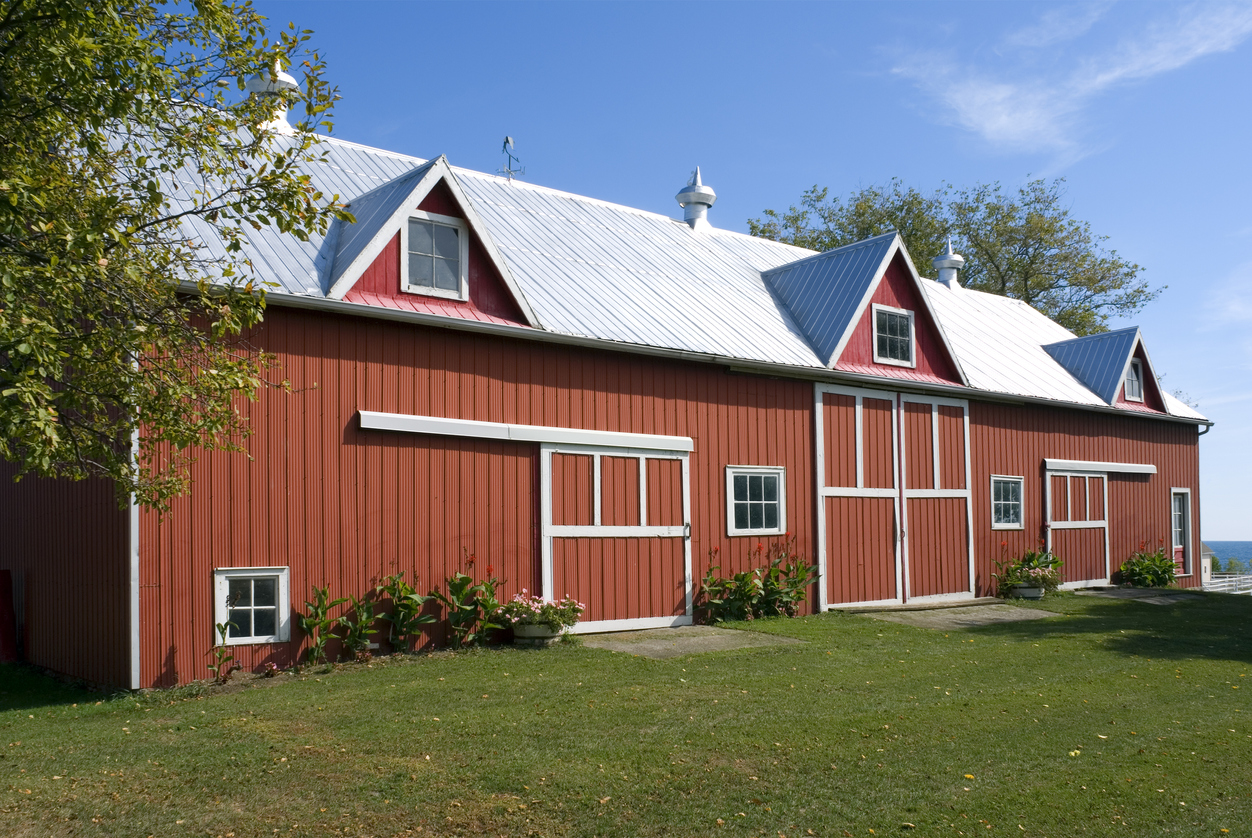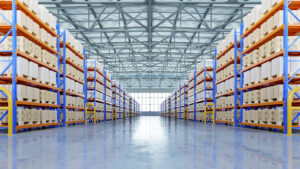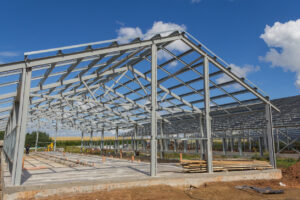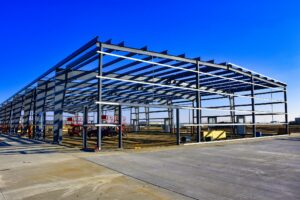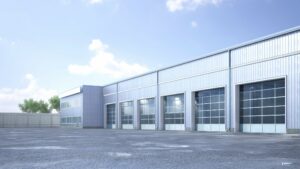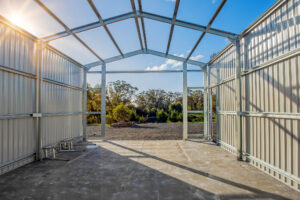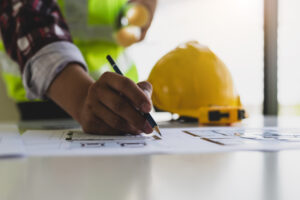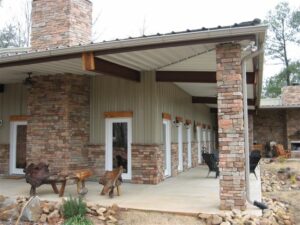If you’re considering a 200×200 metal building, it’s essential to understand the costs involved in construction of a metal building. The pricing of metal buildings can vary depending on several factors, and it’s crucial to evaluate the initial costs as well as the long-term expenses.
Following the supply chain challenges in late Q1/Q2 of 2022, which caused structural steel prices to escalate, there has been a notable decline in the subsequent years. Specifically, data indicates a 3.75% decrease in prices in 2024 compared to the latter part of 2023..
In this article, we will explore the various aspects of the costs associated with a 200×200 metal building and provide insights to reduce the overall expenses.
Table of Contents:
- Understanding the Pricing of Metal Buildings
- Initial Costs vs. Long-term Costs
- Cost Comparison: Metal Buildings vs. Traditional Buildings
- Ways to Reduce the Costs of a Metal Building
- Financing Options for Metal Buildings
- Next Steps
Understanding the Pricing of Metal Buildings
Factors Influencing the Cost
Several factors can influence the cost of a metal building. The size and dimensions of the structure, the type of materials used, the complexity of the design, and the location of the construction site all play a significant role in determining the final price.
Moreover, the customization options chosen for the metal building can also impact the overall cost.
Features such as additional insulation for climate control, specialized doors for specific purposes, and unique window designs can all add to the total price. It’s essential for customers to carefully consider their requirements and budget constraints when selecting these customization options.
Price Breakdown of Materials
When it comes to metal buildings, the cost can be broken down into different components. The major expenses include the cost of the metal panels, the framing system, the insulation, doors, windows, and any additional features or accessories.
It’s important to work with a reputable contractor who can provide a detailed breakdown of the materials and their associated costs.
In addition to the basic materials, the quality and grade of the metal used in the construction can also affect pricing. Higher-grade metals with better durability and corrosion-resistance properties typically come at a higher cost.
Customers looking for long-term reliability may opt for these premium metal options, knowing they offer enhanced longevity and structural integrity for their building.
Initial Costs vs. Long-term Costs
Upfront Expenses for a Metal Building
The initial costs of erecting a metal building can include the purchase of materials, site preparation, foundation construction, labor, and permits. These upfront expenses can form a significant portion of the overall budget, and it’s crucial to consider them while planning the project.
When it comes to materials, metal buildings offer a wide range of options, from steel to aluminum, each with its own set of benefits and costs. Site preparation is another crucial factor to consider, as the ground must be leveled and cleared before construction can begin.
Foundation construction is essential for the stability and longevity of the structure, ensuring it can withstand various loads and environmental factors.
Metal buildings often offer the best return on investment over a longer duration due to lower maintenance, energy efficiency, and durability.
Maintenance and Long-term Costs
While the initial investment may seem significant, metal buildings offer long-term savings in terms of maintenance and operational costs. Unlike traditional buildings, metal structures require minimal upkeep. They are resistant to pests, fire, and extreme weather conditions. Additionally, metal buildings provide excellent energy efficiency, reducing heating and cooling expenses over time.
Regular maintenance for a metal building typically involves inspections for any signs of wear and tear, such as rust or corrosion, which can be easily addressed to prevent further damage.
With proper care, a metal building can last for decades, providing a durable and cost-effective solution for various commercial and industrial needs.
Cost Comparison: Metal Buildings vs. Traditional Buildings
When it comes to choosing between metal buildings and traditional construction methods, a thorough cost analysis is essential. Let’s delve deeper into the comparison to understand the nuances that can impact your financial decisions.
Initial Investment Comparison
At first glance, the initial costs of metal buildings may seem more budget-friendly compared to traditional construction. Metal materials are generally less expensive than traditional building materials like wood or concrete.
Additionally, the construction timeline for metal buildings is typically shorter, potentially leading to savings in labor costs and quicker project completion.
However, it’s crucial to consider all aspects of the initial investment, including factors like customization options, building size, and site preparation requirements. While metal buildings offer cost advantages, traditional buildings may provide unique design features and customization possibilities that could influence your decision.
Long-term Expense Analysis
Looking beyond the upfront expenses, a comprehensive analysis of long-term costs is vital in determining the overall financial impact of your choice. Traditional buildings, despite their lower initial costs, often incur higher long-term expenses due to maintenance, repairs, and energy inefficiencies.
In contrast, metal buildings are known for their durability, requiring minimal maintenance and boasting superior energy efficiency. These qualities translate to reduced operational costs over the building’s lifespan, making metal buildings a financially sound investment in the long run.
By factoring in maintenance, energy efficiency, and potential resale value, the cost-effectiveness of metal buildings becomes even more apparent.
Ways to Reduce the Costs of a Metal Building
Choosing Cost-effective Design Options
When designing a metal building, there are several cost-effective options to consider. Opting for a simpler design with fewer intricate features can help reduce construction costs. Additionally, working closely with an experienced architect and contractor can help identify design modifications that can save both time and money without compromising the overall functionality and aesthetics of the structure.
Another key aspect to consider when aiming to reduce costs is the choice of materials. Selecting high-quality, durable materials that are cost-effective can lead to long-term savings on maintenance and repairs. It is essential to strike a balance between cost and quality to ensure the longevity and efficiency of the metal building.
Pro-tip:
When building a 200×200 metal building, opt for a clear-span design to maximize usable space and save cost. Clear-span structures have no interior columns, allowing flexibility for various layouts.
Opting for Energy-efficient Features
Energy-efficient features such as insulation, reflective roof coatings, and energy-efficient windows can lead to significant long-term savings by reducing heating and cooling expenses. Investing in these features during the construction phase can result in a more energy-efficient metal building, lowering operational costs throughout its lifespan.
In addition to energy-efficient features, incorporating sustainable design elements can further reduce costs over time. Utilizing natural lighting through skylights or large windows can decrease the need for artificial lighting during the day, cutting down on electricity expenses.
Furthermore, implementing rainwater harvesting systems or green roofs can contribute to cost savings by reducing water usage and providing natural insulation.
Financing Options for Metal Buildings
Loans and Financing Plans
Financing a metal building can be a viable option for those who require assistance with the upfront costs. Many financial institutions offer loans specifically tailored for construction projects, including metal buildings.
Exploring these options can provide the necessary capital to start the project with manageable repayment terms.

Understanding the Terms of Financing
Before securing any financing, it’s essential to carefully review the terms and conditions. Understanding the interest rates, repayment periods, and any additional fees or charges is vital to ensure the financing arrangement aligns with your financial capabilities and goals.
Moreover, it’s advisable to consider the flexibility of the financing plan. Some lenders may offer options such as interest-only payments during the construction phase, which can help ease the financial burden during the building process.
Additionally, inquire about the possibility of early repayment without incurring penalties, as this can provide you with more control over your financial obligations.
When exploring financing options, don’t forget to inquire about any potential incentives or rebates available for energy-efficient construction. Some financial institutions may offer preferential terms for projects that incorporate sustainable features, such as solar panels or high-efficiency insulation.
Taking advantage of these benefits can not only reduce your long-term operating costs associated with your 200×200 metal building but also contribute to a more environmentally friendly building.
Did You Know?
Using energy-efficient materials and designs to construct your steel building may qualify you for tax savings. Some examples of energy-efficient features include plans that maximize natural light, additional insulation, improved ventilation, and efficient heating and air conditioning systems.
Choosing the Right Financing Partner
While evaluating financing offers, consider the reputation and experience of the lending institution. Opting for a lender with a proven track record in construction financing can provide you with valuable insights and support throughout the building process.
Additionally, seek recommendations from other construction professionals or colleagues who have successfully financed similar projects to ensure you select a reliable and supportive financing partner.
Next Steps
Steel is an economical building material that combines affordability with durability and longevity. Aside from its lower cost than other materials, steel’s exceptional resilience allows you to spread out the expense over an extended period.
A 200×200 metal building requires the consideration of the various costs involved. Understanding the basics of steel building pricing, including the factors influencing cost, the pricing structure, and choosing the right financing partner, is vital for effective budget allocation.
In general, metal buildings are difficult to price accurately due to the level of customizations, and other factors such as eave height, roof pitch, doors, etc. but in 2024 ballpark ranges are $17 to $20 per square feet and $6 to $10 SF for steel erection. This can also be highly variable based on supply/demand and other market factors.
For a 40,000 SF steel building, this equates to roughly $920,000 to $1,200,000 for just PEMB materials and steel erection.
SteelCo has 23+ years in dropshipping prefabricated metal building materials nationwide, ensuring you have the necessary customizable kits to construct your ideal building.
Our expertise in custom prefab steel structures ensures your specific requirements from steel panels, framing, roofing, and other material needs are met. Our suppliers are MBMA, AISC, and AISI compliant, ensuring you receive the highest quality steel materials. If you already have a specific design for your steel building construction, we can help bring it to life.
———————————-
Check out these related articles:
> How Much Does It Cost To Build A 50,000 Sq Ft Warehouse?
> Costs For A 100 X 200 Steel Building
> How Much Does It Cost To Build A Warehouse?
> Prefab Warehouse Costs: Affordable Solutions For Storage Needs>









